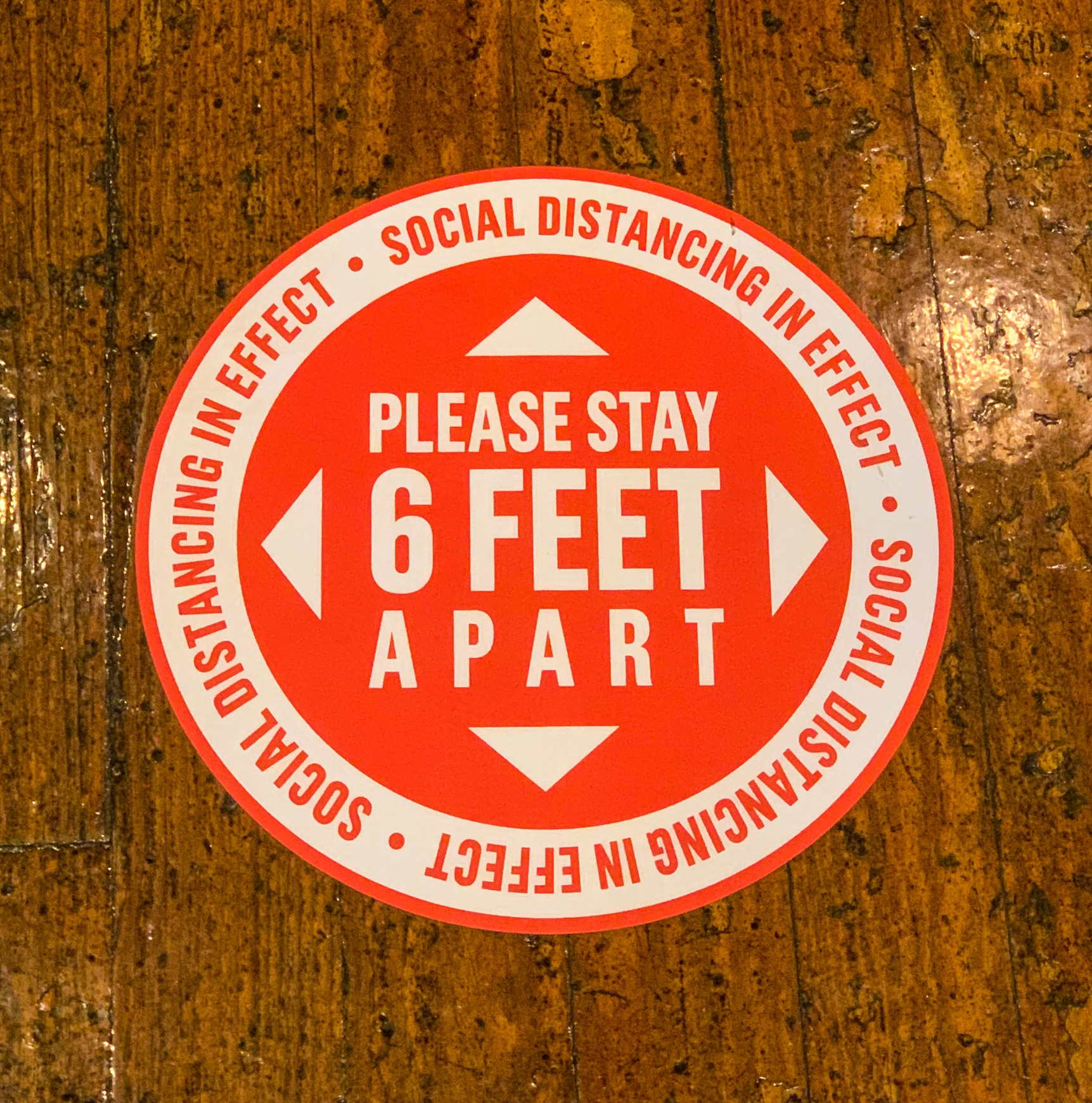The future of the workplace will not be one thing, but many different formats. That’s according to the Los Angeles based boutique firm, Wolcott Architecture, who has been tracking the relevant trends, ongoing debates and emerging opportunities shaping the future of work.
First, despite sensational headlines, the office place is not obsolete. Instead, most businesses are seeking a hybrid approach to work that balances the office and work from home solutions. Second, studies show that American workers have grown accustomed to WFH, but would also like to balance WFH and the office.
What is needed now are flexible approaches to design innovation. Not because we know what the future will look like, but because creative solutions are urgently needed.
Most businesses favor a hybrid approach to the office and office re-entry
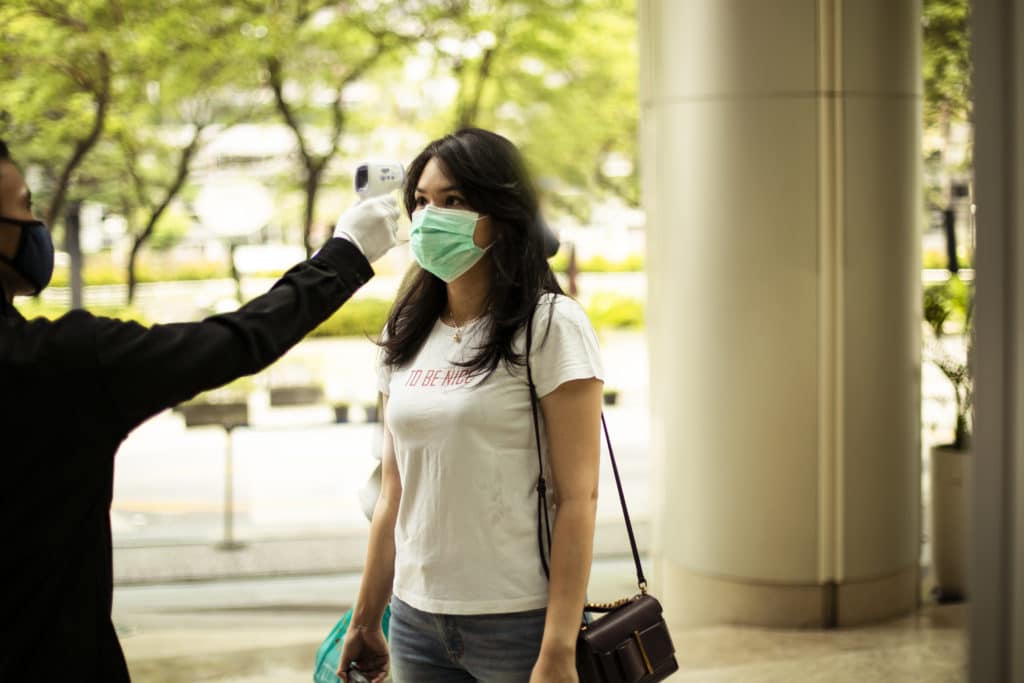
Extreme cases rule the media headlines, of course, suggesting that the future of work will be radically decentralized. And it’s interesting to hear about how some companies may reposition themselves.
Many tech companies are encouraging their teams to work remotely on a more permanent basis. Twitter, Square, and Facebook were some of the first. Last week, Slack announced permanent WFH options to most of its employees, saying they are “going to become a much more distributed company.”
Canadian e-commerce company Shopify, calling themselves “a digital by default company,” plans to shutter offices until 2021. Their CEO believes that, “office centricity is over” and “the future of the office is to act as an on-ramp to the same digital workplace that you can access from your #WFH setup.”
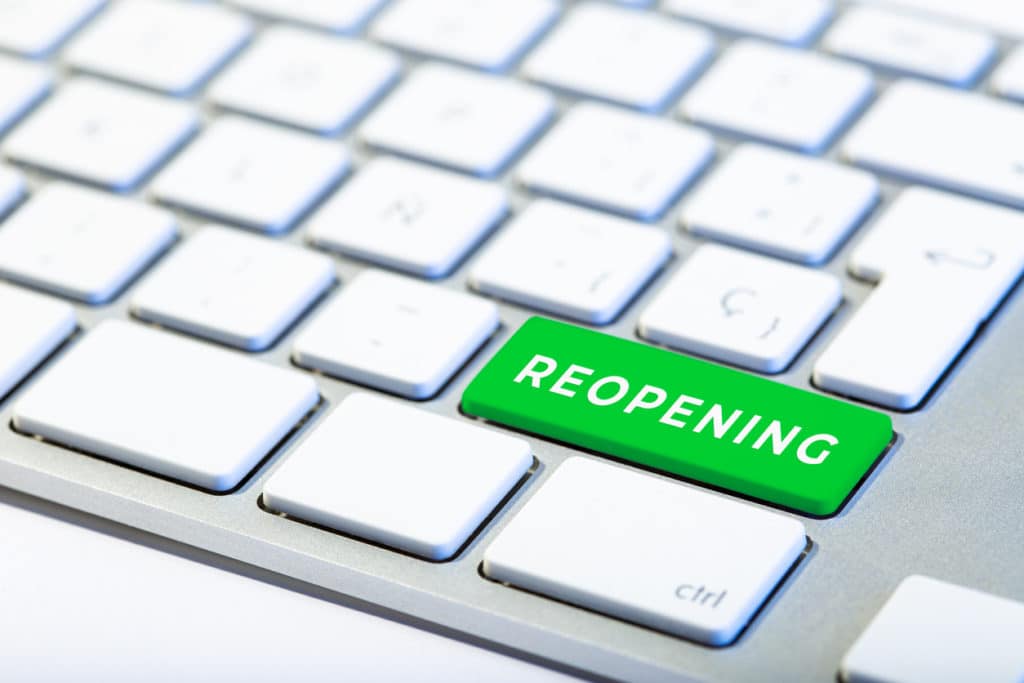
More surprisingly, Nationwide Insurance, a 94-year-old company based in Columbus, Ohio, announced they are shutting five regional offices because WFH is going smoothly for them.
Despite these bold statements, even Nationwide’s policy only impacts one region. Instead, most organizations are taking hybrid approaches not generating headlines. As soon as allowed to fully do so, Apple has discussed phased plans to return their employees to the office. And many other tech firms, such as the cloud computing company Box, are acknowledging that, “we know the power of having office hubs where in-person communities, mentorship, networking, and creativity can happen…That is why our future is a hybrid one.”
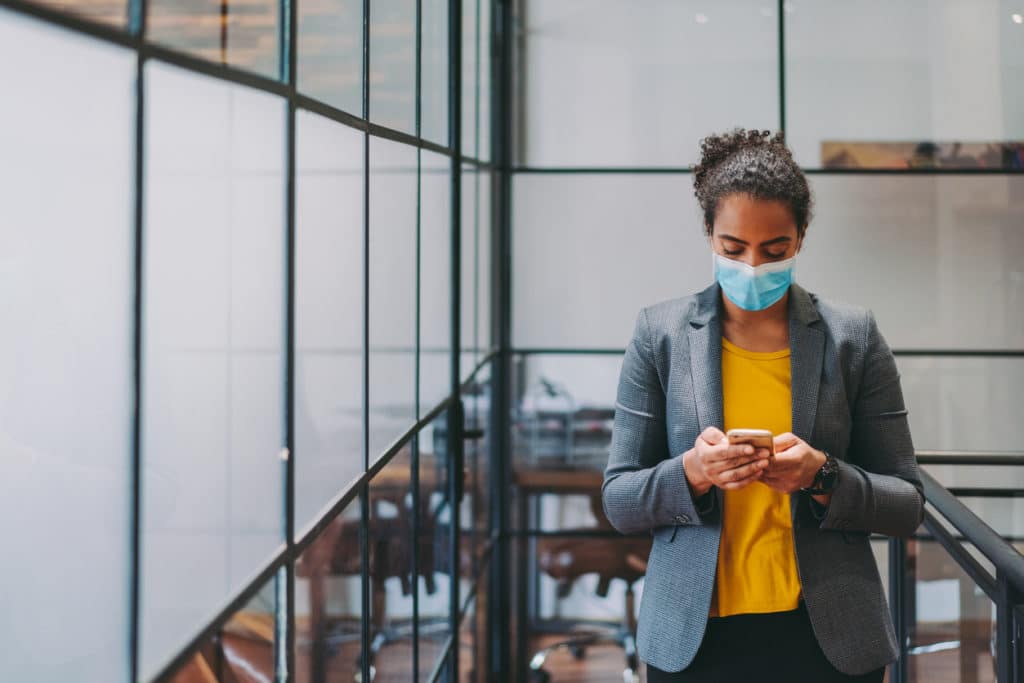
As a recent Wall Street Journal article asked: Can office culture survive the pandemic? Over 50% of people surveyed by Prudential Financial recently said they felt less connected to their organizations as remote workers. As more organizations acknowledge the pros and cons of working from home, it’s clear that new strategies will develop.
Most workers favor a hybrid approach, as well.
Most American workers have been forced to learn how to Work From Home, and are working productively. But studies and surveys show a spectrum of how workers are embracing WFH. No clear consensus exists, most prefer a new hybrid approach.
We’ve heard a range of estimates about how many people actually want to return to the office. For example, a Global Workplace Analytics survey stated that 77% of workers say they’re fully productive at home. 77% also say they are satisfied with the flexibility they have working at home; 69% are satisfied with their well-being.
But an IBM study suggested that only 54% of Americans want to remain working from home permanently. However, 75% said they would like to WFH occasionally.
Meanwhile, a Gallup poll suggests 41% of workers want to return to the office as before. 59% would prefer WFH as much as possible—though not necessarily permanently.
One more study, from creditcards dot com, found that only 35% of Americans would like to work from home five days per week. More tellingly, 82% of respondents would like to work from home at least two days a week when restrictions lift. And only 4% of respondents said they do not want to WFH ever.
All this is to say that while the numbers are imprecise, with some at the extremes, most workers are open to hybrid approaches that combine the two sites.
So, what are some hybrid workplace design solutions?
What kinds of design solutions might help organizations transition back to the office? And thinking further down the line, what kinds of hybrid work solutions might work well in the future?
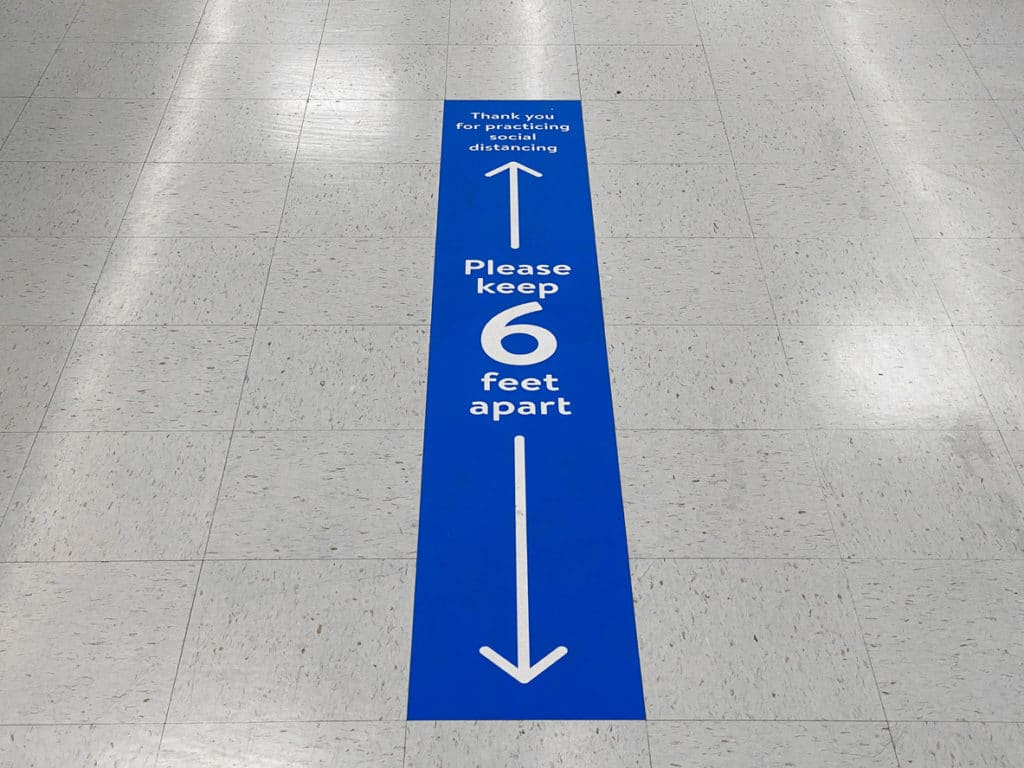
Wolcott’s approach has been to consider a more holistic approach to the human experience of the workplace. Following safety guidelines is extremely important. But integrating the human dimension of work and responding to newly balanced approaches to business is important, as well.
The most urgent design need right now is looking at phased re-openings of existing office spaces.
Important steps include taking careful consideration of local and regional health guidelines, developing a strategic relationship with client leadership and HR teams and administering surveys and research inputs to best accommodate and customize solutions.
Outside the scope of the traditional office, Wolcott’s HomeWork project has also been looking at prospects for innovative responses in the real estate market, such as the Office Pop-Up . Another option includes hybrid workplaces and satellite offices that can connect remote workers to centrally located offices.
Physical design will no doubt play a big part in the office of the future as architects navigate options to keep workers safe, healthy and productive. As working from home quickly becomes part of the new normal and in office collaboration very much remains a part of our culture, melding those two worlds appears to be the key in our next phase of reentry.

Wolcott Architecture
Los Angeles’ leading boutique firm
Wolcott Architecture’s portfolio includes successful projects for numerous commercial, corporate, entertainment, technology and retail clients. As a founding member of the ONE Global Design network, it ranks as one of the top 10 design firms in the country.

